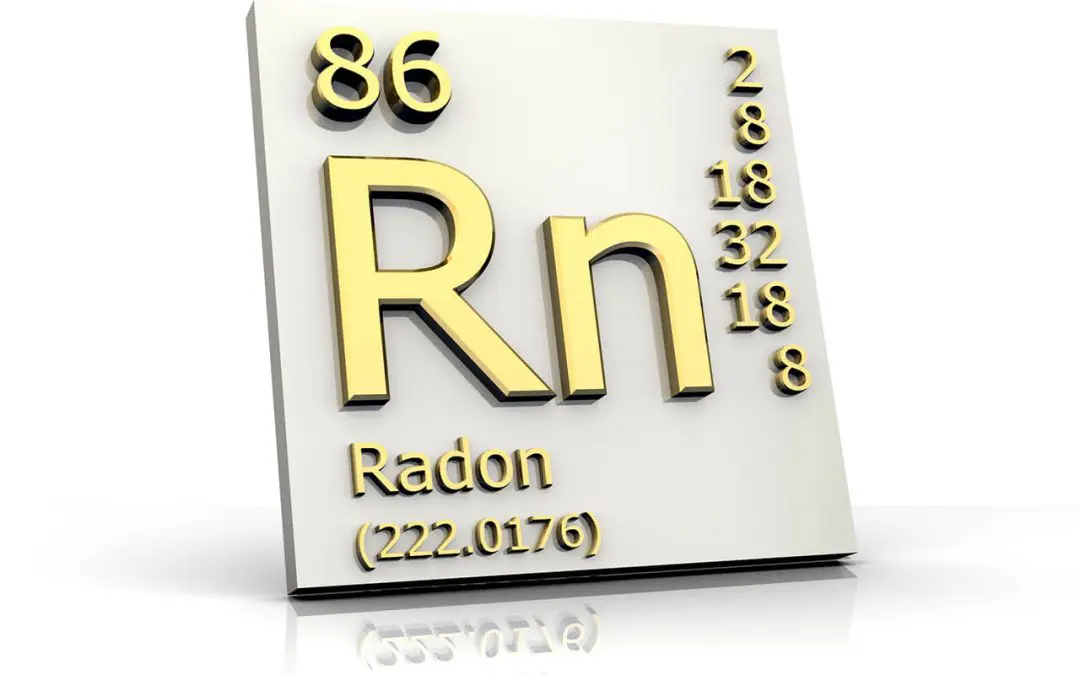Most people don’t think about radon until it’s too late. It’s invisible, odorless, and completely natural—but it is dangerous. If you’re a homeowner or thinking about buying a home, understanding radon in the home and its potential risks is an important part of keeping your indoor air safe.
What is Radon?
Radon is a radioactive gas that comes from the natural breakdown of uranium in soil, rock, and water. It seeps up from the ground and can enter homes through cracks in the foundation, gaps around pipes, and even well water. Because it’s completely undetectable without special testing, many homeowners have no idea of their home’s radon level.
Why is Radon Dangerous?
The problem with radon is that long-term exposure can increase your risk of lung cancer. According to the EPA, radon is the second leading cause of lung cancer in the United States, right after smoking. In fact, it’s estimated that radon exposure is responsible for about 21,000 lung cancer deaths each year. The good news is that radon-related health risks can be minimized with proper testing and mitigation.
How Does Radon Get Into a Home?
Radon typically enters homes from the ground beneath them. Because it’s a gas, it moves freely through soil and can find its way inside through even the tiniest cracks in the foundation. Homes with basements or crawl spaces are particularly susceptible, but radon can affect any type of home, regardless of age or construction style. Some homes have higher levels simply due to the natural composition of the soil in that area.
How Can You Test for Radon in the Home?
Testing for radon is the only way to know if your home has a problem. Fortunately, it’s a simple process. You can purchase a do-it-yourself radon test kit from a hardware store or online or hire a professional to conduct the test for you. A professional test provides more accurate results. There are short-term tests, which take a few days, and long-term tests, which measure levels over a few months.
The EPA recommends taking action if your home’s radon level is 4 picocuries per liter (pCi/L) or higher. However, even lower levels can still pose some risk, so reducing radon whenever possible is a good idea.
How Do You Fix a Radon Problem?
If your test results show high radon levels, don’t panic. Radon mitigation systems are effective at reducing the gas to safer levels. The most common method is a vent pipe system and fan, known as a sub-slab depressurization system. This setup pulls radon from beneath the home and vents it safely outside before it can enter your living space.
Sealing cracks and openings in your foundation can help, but it’s usually not enough on its own. Professional radon mitigation systems are the best way to ensure long-term safety. The cost of installation varies, but in most cases, it’s comparable to other common home repairs and improvements.
Can New Homes Have Radon Problems?
Yes! Many people assume that newer homes are immune to radon issues, but that’s not the case. In fact, some new homes are even more airtight than older homes, which can actually trap radon inside. The best way to ensure a radon-safe home is to test before moving in and, if necessary, install a mitigation system. Some new homes are even built with radon-resistant construction techniques to help prevent problems from the start.
Radon might be invisible, but it doesn’t have to be a mystery. Testing is easy, and mitigation is a straightforward fix if your home has high levels. Taking action now can protect you and your family for years to come.
FAQs on Radon in the Home
How often should I test my home for radon?
It’s a good idea to test your home every two years or after any major renovations or foundation work. If you’ve never tested before, now is the best time to do it.
Can radon affect my health in the short term?
Radon exposure doesn’t cause immediate symptoms like headaches or dizziness. The health risks come from long-term exposure, which increases the risk of lung cancer over time.
Does radon only affect basements?
No, radon can be present in any level of a home. While basements are particularly vulnerable because they’re closest to the soil, radon can move upward and affect other areas as well.
Is radon only a problem in certain regions?
While some areas have higher natural radon levels than others, radon can be found anywhere in the country. The only way to know for sure is to test your home.
Can I fix a radon problem myself?
While sealing cracks and improving ventilation can help, the best solution is a professionally installed mitigation system. These systems are specifically designed to reduce radon levels effectively and safely.
American Dream Home Inspections offers professional home inspection services, including radon testing, to Rhode Island and South and Central Massachusetts. Contact us to schedule an appointment today.

